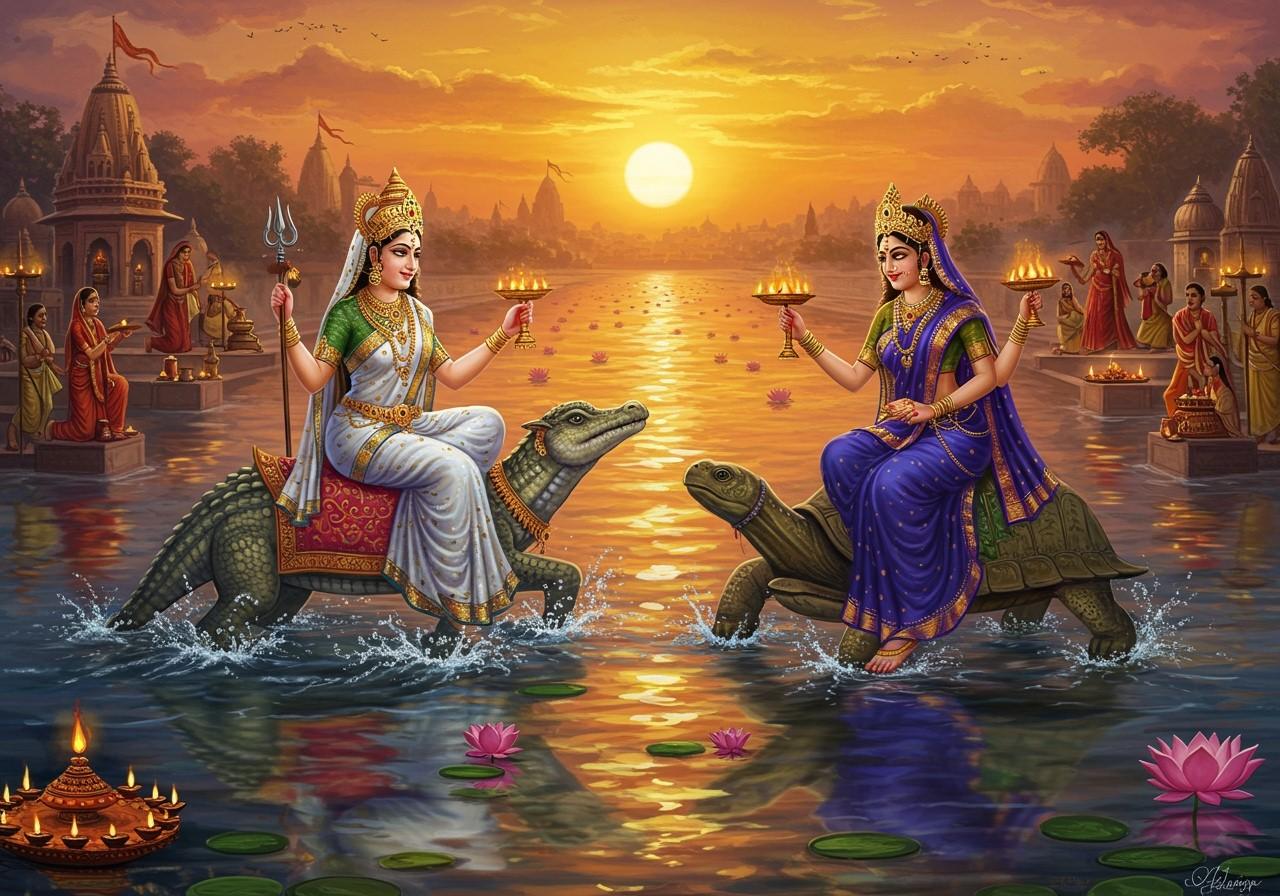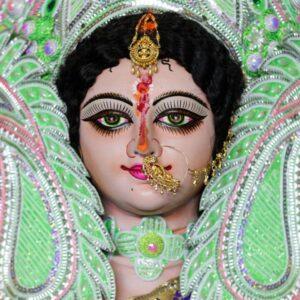
The Ganges and Yamuna rivers hold immense spiritual and cultural significance in India. They have shaped the lives and traditions of millions for centuries. Exploring their historical and religious importance offers a profound connection to India’s rich heritage. These sacred waterways are not merely rivers; they are revered as goddesses, embodying purity, life, and devotion.
The Sacred Ganges
The Ganges River, known as Ganga, is a sacred entity in Hindu mythology. Revered as a goddess symbolizing purity, salvation, and life, it flows through northern India, spanning over 2,500 kilometers. Originating from the Gangotri Glacier in the Himalayas, it journeys through the northern plains before merging with the Bay of Bengal. The Ganges is deeply venerated in Hinduism, personified as the goddess Ganga. The daily Ganga Aarti, performed on the ghats of Varanasi, draws thousands of devotees. Bathing in its waters is believed to cleanse sins and grant liberation (moksha). You can find products related to Ganga Aarti and other rituals on poojn.in.
Key Cities along the Ganges:
- Haridwar: Known as the “Gateway to the Gods,” Haridwar is one of the seven holiest places in Hinduism and a major pilgrimage site.
- Rishikesh: The “Yoga Capital of the World,” Rishikesh attracts spiritual seekers with its serene atmosphere and numerous ashrams.
- Varanasi: Considered the spiritual heart of India, Varanasi’s ghats are renowned for their religious significance and cremation ceremonies.
Sadly, the Ganges faces environmental challenges, including pollution. Numerous conservation efforts are underway to protect this sacred river. Poojn.in offers Ganga-related products to help devotees connect with the river’s sanctity.
The Revered Yamuna
The Yamuna River, a major tributary of the Ganges, is also worshipped as a goddess. Daughter of Surya, the sun god, and sister of Yama, the god of death, Yamuna holds significant spiritual importance. Originating from the Yamunotri Glacier in the Himalayas, it flows through northern India before merging with the Ganges at Prayagraj. The Yamuna is deeply intertwined with Hindu mythology, particularly in the stories of Lord Krishna’s childhood in Vrindavan. Check out poojn.in for products related to Lord Krishna and other deities.
Important Cities along the Yamuna:
- Delhi: The capital of India, Delhi’s history and culture are deeply connected to the Yamuna River.
- Mathura: The birthplace of Lord Krishna, Mathura is a sacred city for Hindus.
- Agra: Home to the iconic Taj Mahal, Agra’s history is intertwined with the Yamuna.
Like the Ganges, the Yamuna also faces environmental challenges, prompting conservation efforts. Poojn.in supports these efforts by providing sustainable and ethically sourced products for religious practices.
Confluence of Ganges and Yamuna
The Triveni Sangam in Prayagraj, where the Ganges, Yamuna, and mythical Saraswati rivers converge, is a site of immense religious significance. It is especially sacred during the Kumbh Mela, one of the world’s largest religious gatherings. Taking a holy dip at the Sangam is believed to cleanse sins and bestow spiritual merit. Learn more about Prayagraj and its significance on poojn.in.
Key Points about Kumbh Mela:
- Maha Kumbh Mela: Held every 12 years, the Maha Kumbh Mela is the largest and most auspicious of the Kumbh Melas.
- Rituals and Ceremonies: The Kumbh Mela is marked by numerous rituals, prayers, and ceremonies performed by devotees.
Ganges and Yamuna in Mythology
The mythology surrounding these rivers is extensive. Bhagiratha’s penance brought Ganga down to Earth to purify his ancestors. Lord Shiva caught the powerful descent of the Ganges in his matted locks, mitigating its force. Krishna’s playful interactions with the gopis often took place along the Yamuna’s banks. The relationship between Yamuna and her brother Yama, the god of death, holds profound meaning in Hindu beliefs. Explore the spiritual significance of the Ganges River on poojn.in.
Conclusion
The Ganges and Yamuna are more than just rivers; they are integral to India’s spiritual and cultural identity. They symbolize purity, devotion, and the continuity of life, connecting us to ancient myths and traditions. It is our collective responsibility to protect and preserve these sacred waterways for future generations. Poojn.in encourages sustainable practices and offers a wide range of products for devotees to connect with these sacred rivers.

